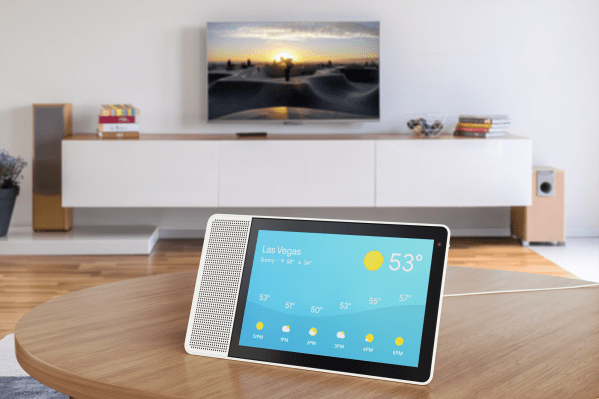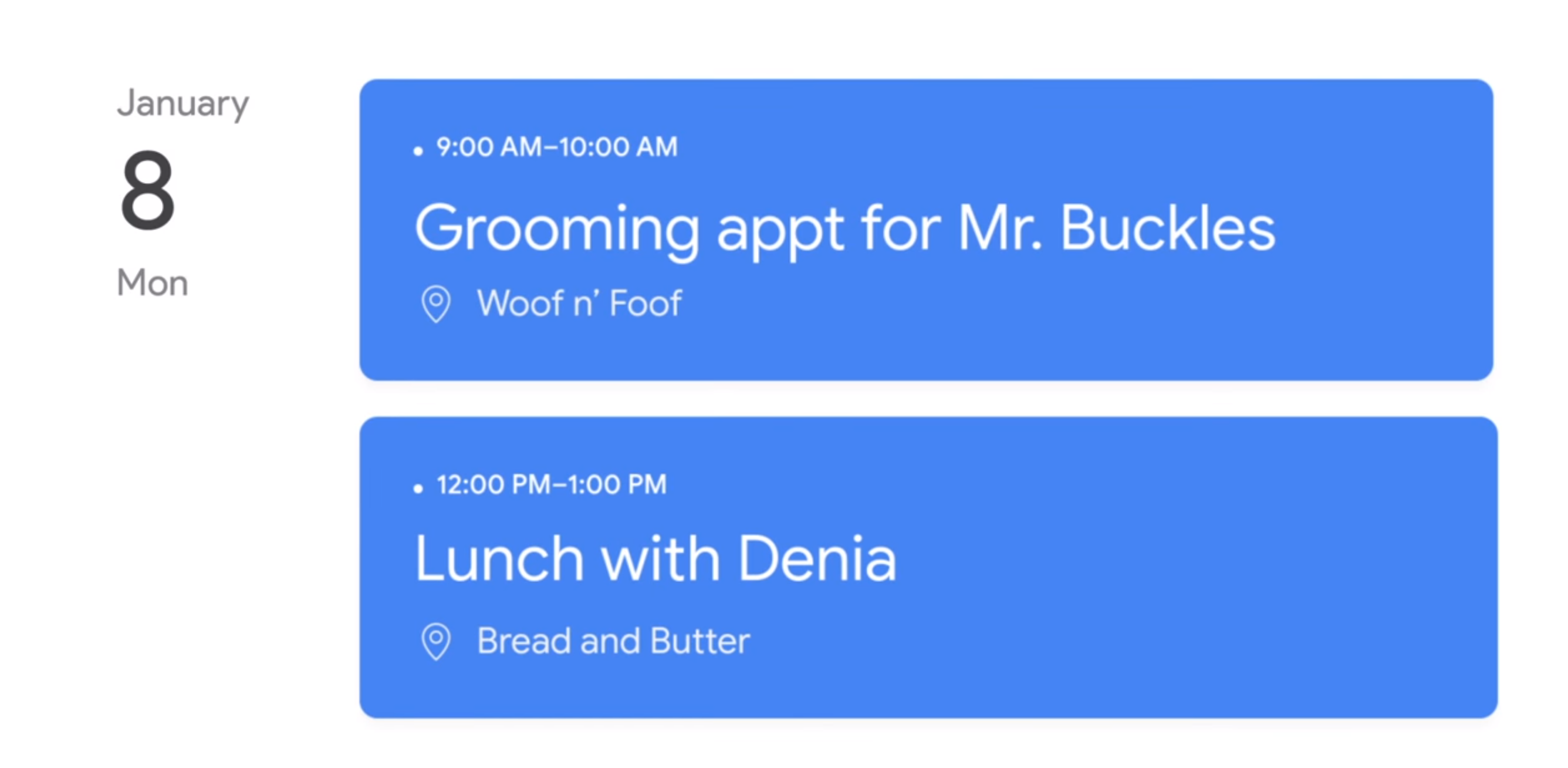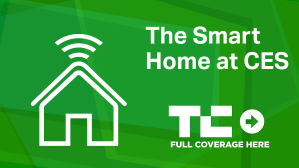For the longest time, we’ve been waiting for Google to bring its Assistant to devices with a screen. After all, voice assistants are great — until you need some visual information to go with their answers. To address this, Amazon launched the Echo Show and Spot last year and now it’s Google’s turn. But it’s not launching a Google Home with a screen. Instead, the company today announced it is working with JBL, Lenovo, LG and Sony to launch new smart displays later this year.
Gummi Hafsteinsson, the product management director for Google Assistant, told me these touch-enabled devices, which Google likes to call “smart displays,” will support all of the standard Google services you would expect to find on what is essentially a Google Home with a screen. Think YouTube, Google Photos, Duo for video calling and more. In addition, though, Google will open the platform to developers, who will be able to write their own actions (which is what Google now calls any… well… action you perform with the Assistant).
The smart displays also will feature all of the usual Google notifications, similar to the old Google Now screen on Android. This means you’ll see upcoming appointments, reminders, a graphical view of what traffic on your route to work looks like, etc. And while it’s not in use, the display can show you photos from Google Photos, just like your Chromecast.
Given that these are Google-enabled displays, you’ll even be able to cast videos directly to them, though, given their size, that’s probably only interesting if you plan on watching a lot of YouTube videos in your kitchen.
“One thing we’ve noticed is that as people have conversations with the Assistant, there are times where you would love to have a device with a screen,” Hafsteinsson told me ahead of the announcement.
Prices for these smart displays will likely fall in around $200. Lenovo plans to charge $199 for the eight-inch version of its Smart Display and $249 for its 10-inch display. Other partners haven’t announced pricing yet. Most of the devices we’ve seen so far feature HD displays and all of the usual connectivity options.
For now, it’s not clear when exactly these devices will go on sale, but JBL says it will sell its JBL View in the summer (but only in the U.S.) and Lenovo is targeting a similar date.
It’s worth noting that there’s another partner involved here, too: at the heart of these devices is Qualcomm’s new Home Hub platform. The company is launching two new system on chips at CES this year (the SDA 624 and SDA 212) that support Google’s Android Things platform. The 624, specifically, is what’s powering these smart displays thanks to its support of video cameras and touch displays.
Seshu Madavapeddy, Qualcomm’s VP of product management for IoT, told me his company is making a major investment in IoT devices for the home and he believes that Google is taking the right approach by making Android Things — and hence the Google Assistant — available on multiple platforms.
Google also is bringing the Assistant to more Android TV devices. So far, the Sony Bravia TVs and Nvidia’s Shield TV were the only ones, but now Changhong, Funai and Haier are also on board and LG will soon launch a new line of LG TVs with the Assistant built in, too.
Google also is expanding its partner ecosystem in the headphone space, where JBL, LG and Sony are launching headphones that are optimized for use with the Assistant (so you can walk down the Las Vegas Strip and talk to the Assistant).
While it’s no surprise that Google is interested in these smart displays, it’s a bit of a surprise that it’s working with partners first and not launching its own Google Home-branded device. Hafsteinsson likened this to Google’s approach to Assistant-enabled headphones. It launched these with Bose first and only then announced its own Pixel Buds (to middling reviews). Since we’ve already heard rumors about Google building its own device, though, I wouldn’t be surprised if Google launched its own smart display sometime in 2018, too.
Hafsteinsson also stressed that Google worked very closely with these partners. “We want to make sure we deliver a really good experience,” he told me, stressing that in these early days “you want to make sure that the quality matters as much as the quantity.” He also noted that opening up the Assistant ecosystem allows for more differentiation. “People have preferences for a particular design, audio quality, etc.,” he told me. “People look at other factors beyond the assistant.”


